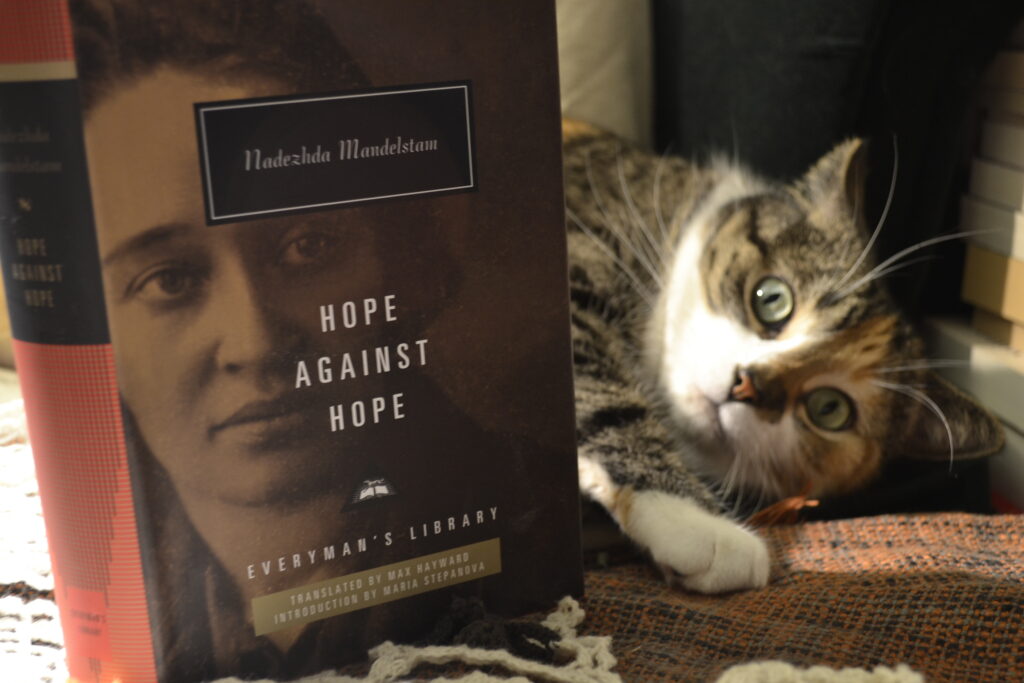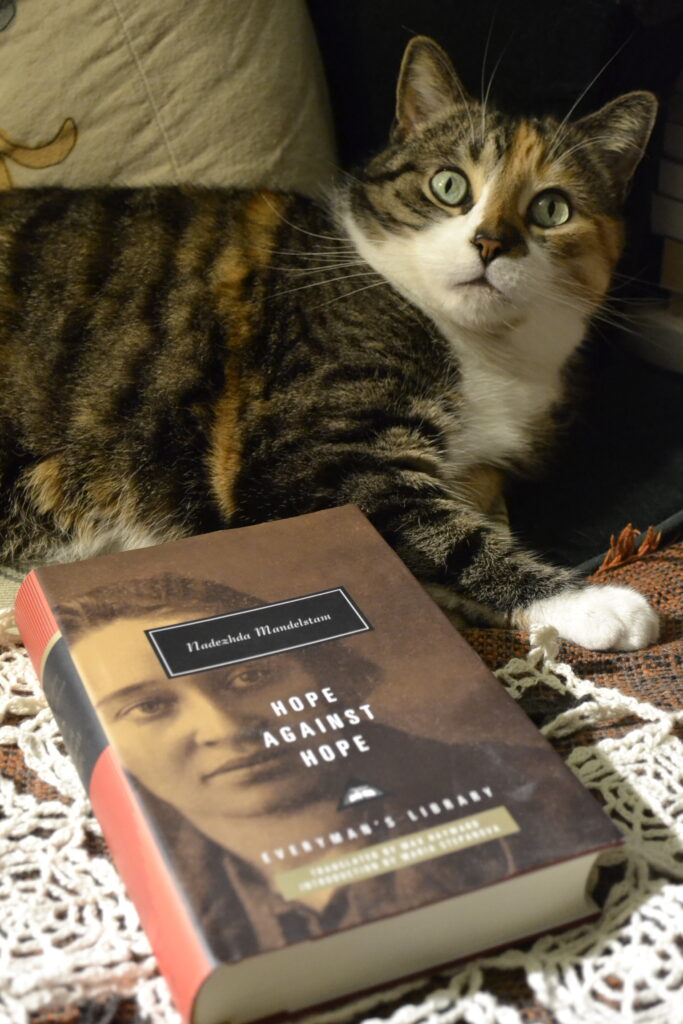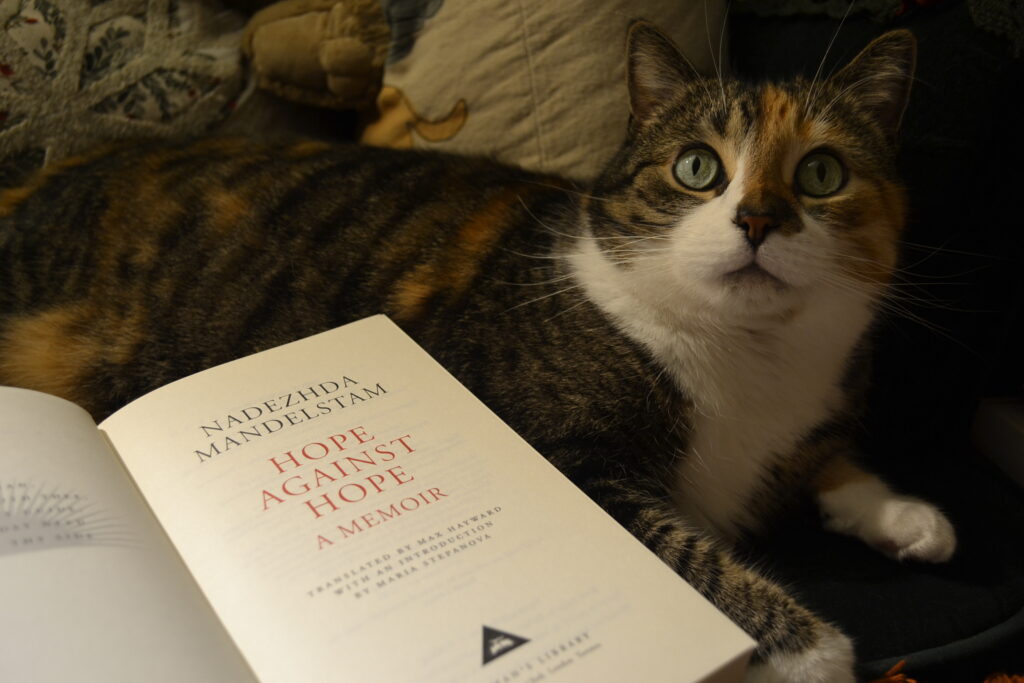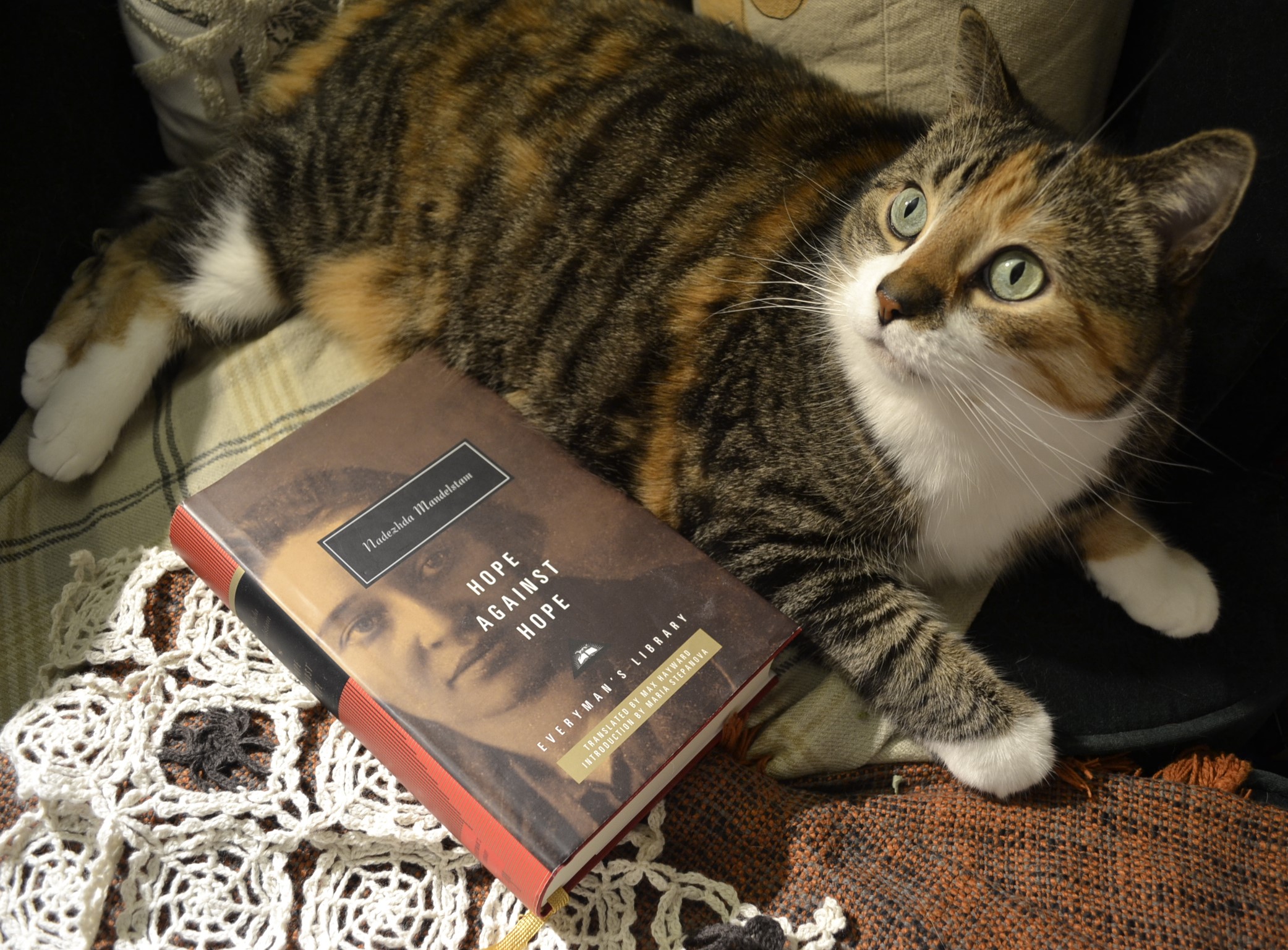Weekly Weigh-In
Though Rusalka is the one that is going through obesity issues right now, every week we weigh each one of the cats and keep track of it in our kitchen calendar. Jabberwocky, Rusalka, and Bubastis all need to lose a bit of weight or at least keep at their current level of slight chonkiness. Bandersnatch is a normal weight but she tends towards skinniness and digestive issues if we don’t keep on top of her mealtimes, so she gets weighed too.
However, the most nerve-wracking weigh-in is definitely Wesker’s. She just turned sixteen this year, and was diagnosed with chronic kidney disease two years ago so I’m constantly worried about her fluffy self. I am eternally thankful that with the right diet we have managed to stabilize her kidney values so far (*knock on wood*), and she’s happy and active and behaving like a much younger cat. But when weigh-in time comes, my heart always aches a little. Weight loss was the first sign that something was wrong and I am always worried that it will be the first sign of decline.
No matter how old of a senior lady she is, she’ll always be my baby and I will always take the best care of her I possibly can.

Some Background
Nadezhda Mandelstam’s Hope Against Hope is a truly powerful book, but in order to get the most out of it, you need to understand a bit of the historical context. She was a writer and the wife of Osip Mandelstam, a poet during the age of Stalin. Osip wrote a biting critique of Stalin in verse, basically a direct confrontation and insult to the dictator entitled ‘Stalin Epigram’. He recited it a few times at poetry circles. These recitations alone (the poem was not published and barely existed on paper) lead to Mandelstam’s subsequent arrest and exile and then eventually his death in a prison camp.
Nadezhda was his companion in exile and watched as her spouse went through this persecution, eventually leading to the deterioration of his mental state. She also watched the persecution of her friends, relatives, and the people in the literary circles they frequented. Their lives became defined by arrests and exiles. Executions and waiting for punishment. Intellectuals were separated, scattered. Some gave up their principles, and others gave up their lives. And constantly there was a fight to preserve their words, their prose, and their poetry and to record what was happening to them so that someday the truth would be known.

The Pain of Waiting
Hope Against Hope isn’t an easy read, but if it was, it wouldn’t be the masterpiece it is. It is essentially Nadezhda’s account of her own suffering and her country’s under the murderous, oppressive force of a dictator’s relentless purges of all opposition. Of art and culture. Of intellectuals and anyone who got in his way or was inconvenient. It is also a book about one of the most difficult pains that someone can ever go through. Watching a loved one suffer. Watching as a spouse declines into a state of fear and anticipation of a painful, terrifying ending.
Nadezhda watched as her spouse forced himself to compose an ode to Stalin as a last attempt to save himself. It was the last inch. She had to watch as he gave the last inch of himself and his art. I cannot imagine the torture of that and I cannot imagine the mark it must have left on her to have to do that. To be faced with those choices, let alone to have them ultimately mean nothing as Osip was ultimately hauled away.

The Pain of History
It’s evidence of her resilience that even during the worst of circumstances, the Mandelstams always had an eye to posterity and to the idea that this horrible moment in history might kill them but it would not last forever. That takes a kind of faith in humanity that not many have. The belief that though the entire world seems to be on fire, it won’t end up entirely turning to ashes.

It is the strength of Nadezhda that shines through in this work and the fact that, though she is describing the horrors of what happened, she always talks about hope for the future. Hope for some kind of justice for those that were swallowed by the pitiless machine of history and carnage. Though many are still waiting for that justice, she encourages patience and the kind of resistance that demands justice without resorting to brutality to do it.
It’s important not to get lost in Osip’s story and miss Nadezhda’s words and the self that she has painstakingly detailed in her prose.

Hope for Tomorrow
This week was especially hard because we did have a bad weigh-in for Wesker and a trend of a few weeks of small but steady weight loss after months of stability. I was so upset. My lovely spouse and I worked hard to give her extra attention and it thankfully paid off. Wesker gained a modest but encouraging amount of weight. And in that moment, when the number of the scale was read off to me, it felt like I could breathe again.
I am grateful every day for Wesker, my fluffiest, eldest baby.

